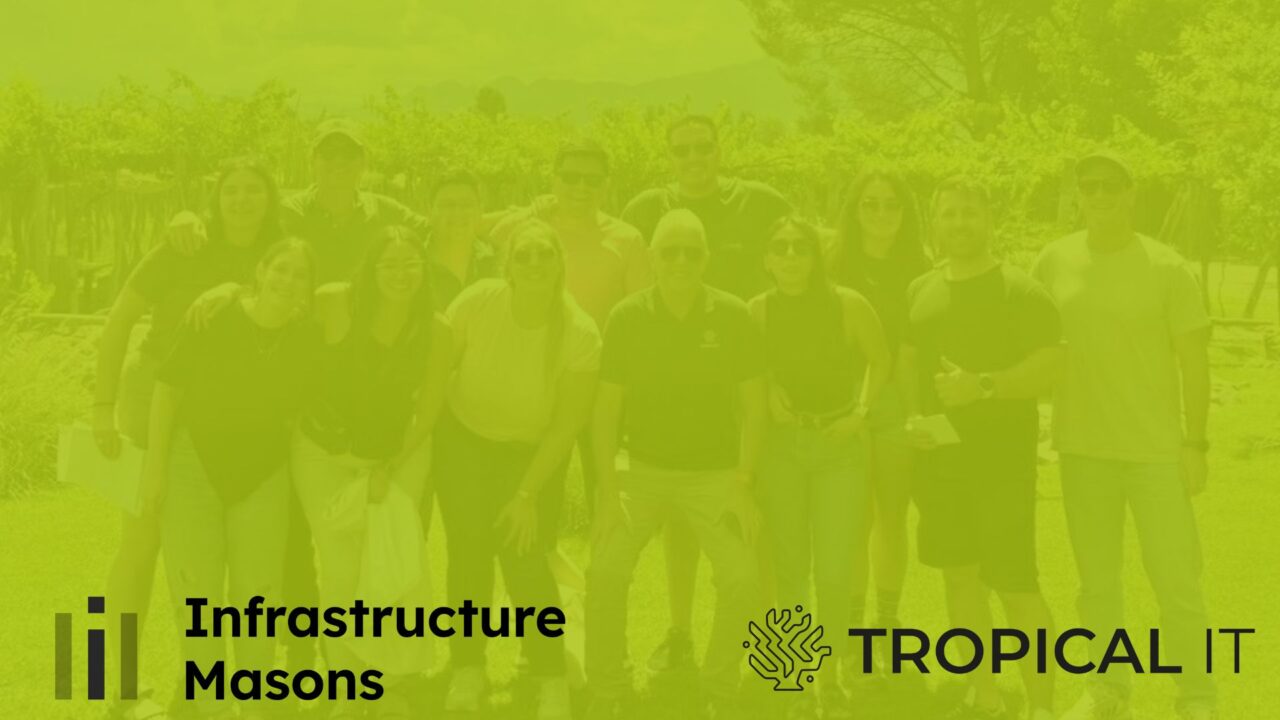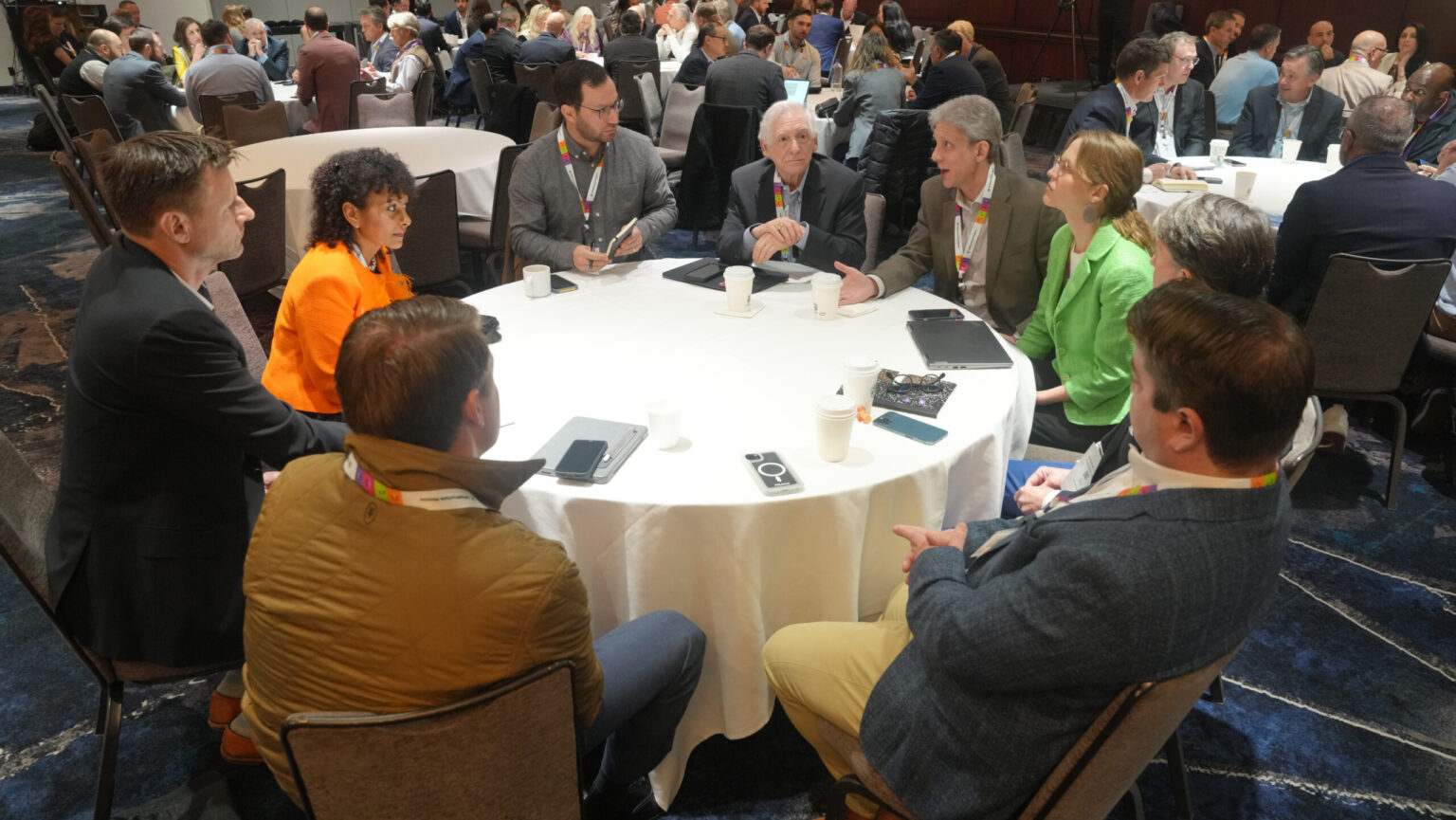On Monday, March 18th, over 120 iMasons members gathered before DCD Connect > New York a Member Summit.
After a panel discussing Power at All Costs led by Michael Donohue, we asked the members in attendance to share their input to help drive the industry forward, by identifying the most valuable problems to work on, and potential solutions. Below is the summary of the conversation:
We asked: “You work for a data center operator. You have been appointed to determine the power strategy moving forward. What challenges do you think you will be facing?”
With over 330 inputs into the platform, chatgpt summarized the Top 5 challenges as follow:
- Power Availability – Concerns about the adequacy of electrical power supply in various locations, including tier 1 regions and areas with limited infrastructure. This issue encompasses grid power availability, securing enough power for sites, and ensuring power availability in top markets. (Occurrences: 27)
- Costs – Issues related to the financial aspects of data center operations, including high energy prices, cost of power, capital planning for growth, and the financial impact of converting to renewable energy sources. (Occurrences: 14)
- Reliability – Concerns about maintaining consistent and uninterrupted power supply, ensuring data center infrastructure reliability, and dealing with fluctuations in demand and utility charges. This includes redundancy systems and the balance between sustainability and reliability. (Occurrences: 13)
- Sustainability and Environmental Impact – Challenges related to integrating renewable energy sources, reducing carbon emissions, dealing with community and regulatory pressure for greener solutions, and sustainability goals versus operational reliability. (Occurrences: 13)
- Regulatory and Community Challenges – Issues involving local regulations, securing approvals, community opposition, and navigating the regulatory environment for building and expanding data center operations. This also covers community engagement and support, as well as dealing with perceptions of high resource consumption. (Occurrences: 13)
We also asked for the next 5 problems statements, and they are as follow:
Scalability and Capacity – Challenges related to scaling data center operations to meet growing demands, including future capacity expansion, securing sufficient land or space, and dealing with capacity per rack and overall site procurement challenges. (Occurrences: 9)
Supply Chain and Procurement – Issues related to the supply chain and procurement processes, such as delays and backlogs in receiving critical equipment, sourcing renewable and low-carbon power resources, and managing supply chain constraints effectively. (Occurrences: 9)
Skilled Workforce – The difficulty in hiring and retaining a skilled workforce to construct, operate, and support data center strategies. This includes the limited supply of skilled labor, training needs, and challenges in workforce planning. (Occurrences: 7)
Cooling and Energy Efficiency – Problems associated with cooling data center facilities and managing waste heat effectively. This encompasses high-density cooling, energy-efficient design challenges, and the adoption of new cooling technologies. (Occurrences: 6)
Cybersecurity and Data Sovereignty – Concerns regarding the protection of data and infrastructure from cyber threats, as well as issues related to data sovereignty and compliance with local data protection regulations. (Occurrences identified indirectly through references to security and infrastructure challenges: 5)
Some statistics about the round table discussions:
Out of the 11 tables that participated, 10 decided to innovate on “Power Availability” and 1 table opted for “Sustainability and Environmental Impact”, leaving “Cost”, “Regulatory and Community Challenges” and “Reliability” untouched.
Below is a summary of the ideas that were provided by the top 3 tables:
Table Name: AI^x
Solutions:
- Implementing artificial intelligence and innovative cooling techniques to reduce energy usage and heat generation.
- Utilizing heat redistribution and creating microgrids to supplement the main utility power, especially in areas with limited infrastructure.
- Encouraging the operation of systems when they are cleaner than the grid, such as using real-time measurements to decide the best times for operation.
- Exploring the use of modular nuclear power solutions to assess their impact on the lifetime and sustainability of power sources.
- Developing heat networks, particularly near populated centers, to efficiently distribute excess heat.
- Operating servers at higher temperatures in accordance with A1a ASHRAE standards and finding stranded power resources.
- Enhancing onsite generation to improve grid assets and focusing on the monetization and optimization of data center operations for sustainability and profitability.
- Driving Service Level Agreements (SLAs) to meet industry best practices and monitoring network power and transmission availability to ensure reliability and efficiency.
Table Name: Front and Center
Solutions:
- Adopting an “N rating” for power systems and sizing these systems appropriately to ensure they meet the required standards for the locations in question, including tier 1 regions and areas with limited infrastructure.
- Making concessions on single points of failure by changing standards to improve power availability without compromising the system’s integrity.
- Balancing the seemingly antithetical goals of increasing sustainability without reducing reliability by improving the efficiency of existing systems.
- Building an independent microgrid to reduce potential points of failure, which involves using on-site generation to ensure a more stable and controlled power supply.
- Partnering with local utility companies to create a more robust and reliable power infrastructure, leveraging both the independent microgrid and the existing grid to ensure continuous power availability.
Table Name: The Collective
Solutions:
- Employing AI and ML solutions to enhance power management by integrating various power sources, including onsite, offsite, independent, and combined utilities.
- Establishing interconnected data centers (DCs) that work in harmony with the surrounding community to optimize energy use and distribution.
- Implementing complex and diverse energy source solutions to ensure a stable and adequate supply of power from multiple sources.
- Providing consulting services to help sites assess their energy needs and implement the most effective power solutions.
- Ingesting wide data sources to better utilize people and systems, thereby optimizing power usage and availability through informed decision-making and resource allocation.
Congratulations to the AI^x teams and the runner-ups for getting the most investments, and to all the participants for take part. We hope you enjoyed the summit as much as we did, made connections, and learned from the professionals in the room.

